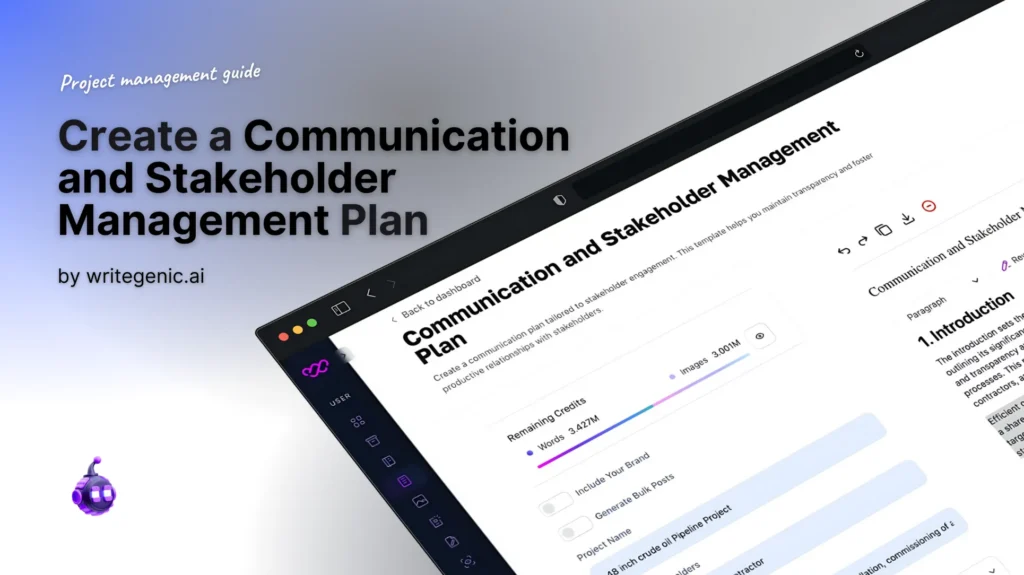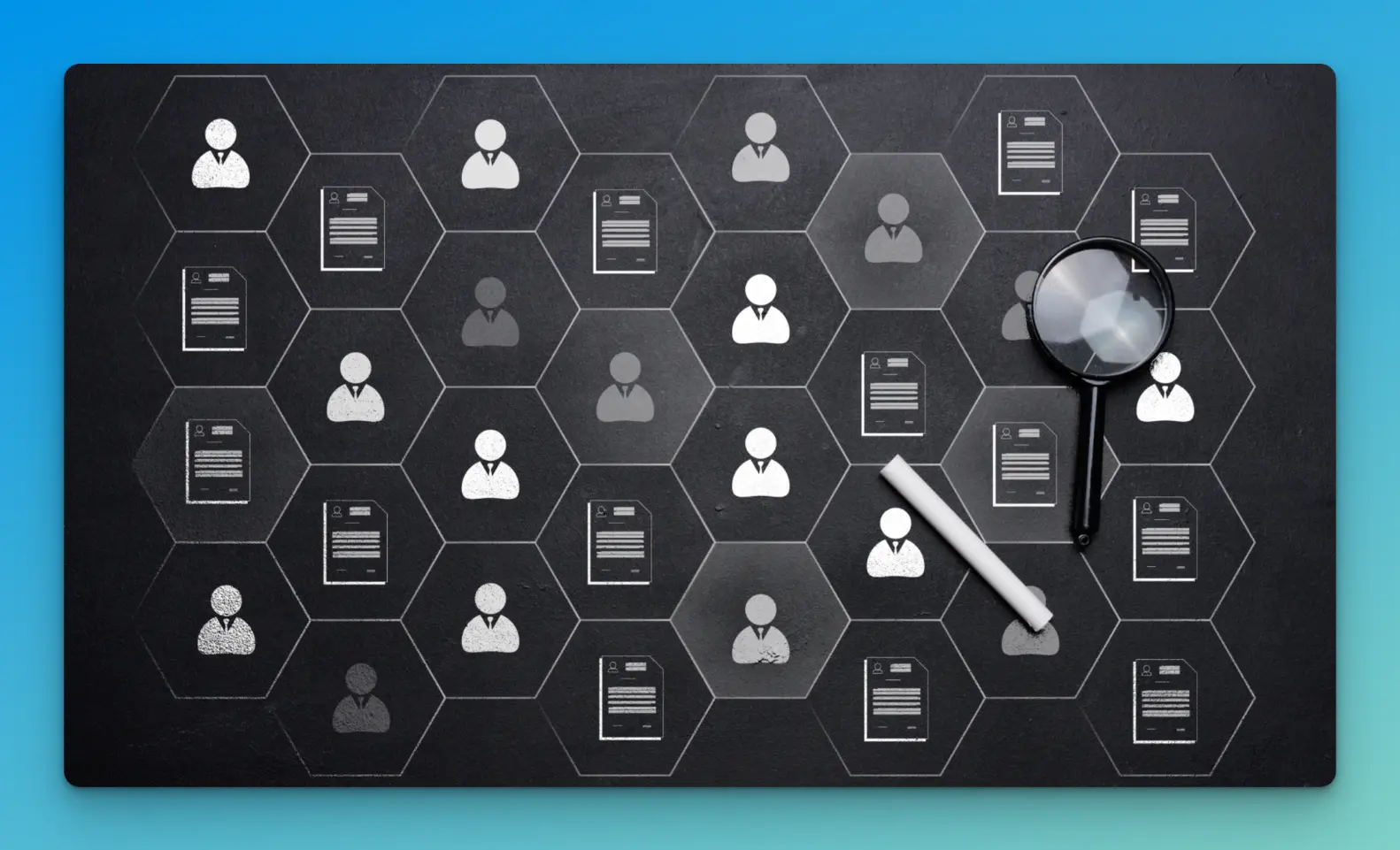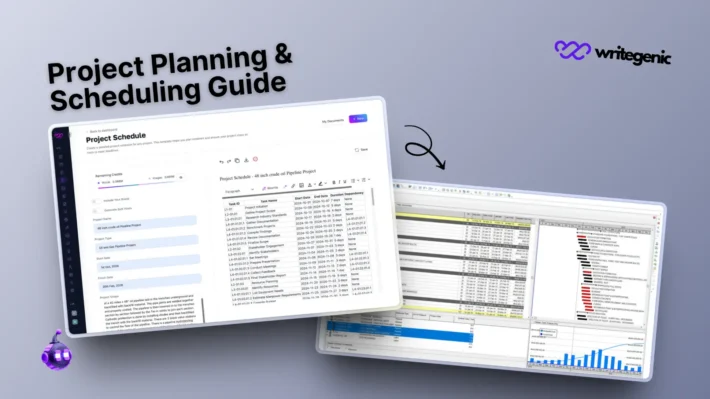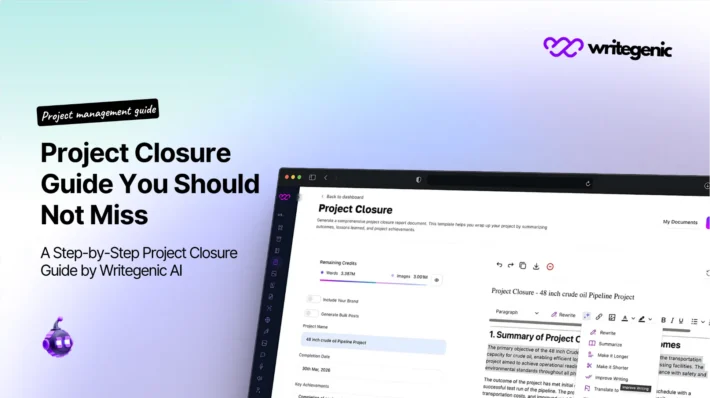Create a Stakeholder and Communication Plan That Actually Works

Every project is required to have a good Stakeholder and Communication Plan. Success cannot be pegged on timelines and deliverables-it relies largely on how you go about executing this plan. Communicating with the stakeholders well keeps the parties in line, fosters trust, and keeps problems out of the way of your improvement. When there is no specific plan in place, chances are high that there will be misunderstandings, missing of expectations, and working delays.
In this guide, you will learn the process of setting up an all-inclusive Stakeholder and Communication Plan that keeps all people informed, engaged and aligned throughout.
Table of Contents
What Is a Stakeholder and Communication Plan?
A stakeholder communication plan is a formal document that spells out the method that the project will make information available to various stakeholders. It spells out the nature of the information that will be communicated, the medium of communication that will apply, the regularity of the update, and who is to do the communication.
This strategy will not leave the stakeholders in darkness, which encourages transparency and allows giving feedback on time. Regardless of whether these are the internal departments, the clients, the members of the board, or even the regulatory authorities, a clearly built up communication plan is the need of the hour to create a synergy of the need to understand and support one another.
Why Communication with Stakeholders Matters
Effective and active communication with stakeholders in project management has various advantages:
- Avoids misconceptions by making sure that stakeholders are aware of ground, progress, as well as risk.
- Promotes stakeholder buy-in, particularly in situations of changes.
- Develops a long-lasting trust and promotes positive relations.
- Helps in making informed decisions because it presents suitable and on time information.
- Minimizes risks on the project and makes everybody informed and involved in the project lifecycle.
Failure to focus on communication may result in issues with unmet expectations, role ambiguity, or change resistance, all of which can doom a project.
Identifying Stakeholders and Their Communication Requirements
You have to know who your stakeholders are and what they want before you get down the communication plan.

How to Identify Stakeholders:
- Primary stakeholders: Sponsors of the project, customers, internal teams
- Secondary stakeholders: vendors, partners, regulatory agencies
- Tertiary stakeholders: Wider community, support departments
Define Stakeholder Communication Requirements:
Ask questions like:
- What information do all the stakeholders require?
- With what frequency are they to be updated?
- Which channel is the most efficient delivery channel (email, meetings, dashboards)?
- To what extent should they participate in decision-making?
Example Stakeholder Matrix:
| Stakeholder | Role | Communication Type | Frequency | Preferred Channel |
| Project Sponsor | Executive Oversight | Project Reports | Monthly | Email, Dashboard |
| Internal Team Leads | Execution & Delivery | Daily Stand-ups | Daily | Teams/Slack |
| Clients | End Approval | Status Reports | Bi-weekly | Zoom Calls |
| End Users | Product Adoption | Updates & Demos | Milestones | Email/Webinars |
How to Create a Stakeholder and Communication Plan
Development of the Stakeholder and Communication Plan is a combination of strategy, research, and alignment. This is how you can create yours:
Step 1: Identify Stakeholders
Begin by creating a list of all people that the project can influence or is impacted by. Identify the roles and their degree of influence using such tools as stakeholder mapping or a RACI matrix.
Step 2: Understand Their Expectations
After identifying the stakeholders, acquire information on what is important to the stakeholders. Conduct interviews, apply surveys or analyze previous communications of a project to identify needs.
Step 3: Define Communication Goals
Set-up clear communication goals. Do you have to inform, educate, align, persuade, or collect feedback? This assists in making the choice on the nature of the message to be sent.
Step 4: Select Communication Channels
Identify the channels depending on what suits the audience. Reports and dashboards might benefit high-level stakeholders, whereas teams could find Slack or Asana as tools needed to stay in real-time.
Step 5: Assign Responsibilities
Assign a communication materials developer and a communicator. Typical positions are the project manager, the communications lead or the team leads.
Step 6: Create a Timeline and Cadence
Schedule documentation of communication. As an example: project kick-off meetings, weekly ups, bi-weekly check-ins, milestone meetings, and close-down reports.
Step 7: Monitor and Adjust
No plan can be flawless. Monitor engagement (read receipt, response, feedback form) and adjust the way you communicate when stakeholders are not reacting to it as you would have wanted.
Best Practices for Stakeholder Communication
- The message should be made specific to a stakeholder in terms of interest and technical ability.
- Be regular in tone and frequency as to build reliability.
- Visualisation such as dashboard and charting should be applied to promote understanding.
- Keep records of everything – particularly approvals and feedback.
- Take the initiative to communicate possible risks and risk mitigation actions.
Useful Tools for Stakeholder Communication
Project management and collaboration resources that you can use to handle communication with the stakeholders include:
- Writegenic AI – Use this AI to develop AI-based communication examples, reports, and project summaries
- Asana / Trello – Monitor the status of the tasks and work on them together with teams
- Slack / Microsoft Teams – Ensure internal communication in real-time
- Google Workspace – Exchange files, spreadsheets and meeting invitations
- Notion / Confluence – Do shared documentation and knowledge bases
Sample Communication Plan Template
| Stakeholder | Communication Type | Method | Frequency | Owner |
| Project Sponsor | Progress Reports | Monthly | Project Manager | |
| Development Team | Daily Briefings | Standups | Daily | Scrum Master |
| Clients | Feature Updates | Zoom Meeting | Bi-weekly | Account Manager |
| End Users | Release Notes | Email/Webinar | Per Release | Product Manager |
Common Communication Pitfalls to Avoid
- Reaching all the stakeholders with the same message
- Addressing non technical stakeholders in very technical terms
- The problem with Over Communicating and saturating recipients
- Failure to make written decisions and or changes
- Ignoring the monitoring on the effectiveness of communication
Remembering these issues will help you to make your communication initiatives both effective and acceptable.
Conclusion
Having a Stakeholder and Communication Plan is not only a good practice, it is fundamental to the success of projects. Since all this provides an opportunity to build trust, reduce resistance and continue working on your project every step of the way, it will be easier to identify your stakeholders and find out what to communicate to them to build a trustful environment, in order to keep the project moving.
Communication is more like your best project management tool when you do it correctly. Prepare yourself with distinct plans, find useful tools, and always improve your plan to have it according to the change of your project requirements.
FAQs on Stakeholder and Communication Plan
What are stakeholder communication Plan requirements?
These will be the type, frequency, and the channel of the information that the stake holders require in order to be informed and involved.
Who is responsible for stakeholder communication?
This is generally handled by the project manager or the lead in communications but varies depending on the organization and project.
How does a Stakeholder and Communication Plan improve project success?
Effective Stakeholder and Communication Plan makes sure that all stakeholders are informed, on the same track, and involved in a particular project enterprise. It also prevents any delays, misunderstanding, and opposition, since it prepares expectations early and refreshes them regularly.
What should be included in a Stakeholder and Communication Plan?
A proper Stakeholder and Communication Plan must be composed of stakeholder identification, communications objectives, the preferred means, update frequency, the responsible individuals, and ways of measuring the effectiveness of communication.
Can a Stakeholder and Communication Plan be adapted during the project?
That is right, a good Stakeholder and Communication Plan is adaptable. It is supposed to be revised on a regular basis and updated according to response, interaction and project changes in order to be useful along the lifecycle.


